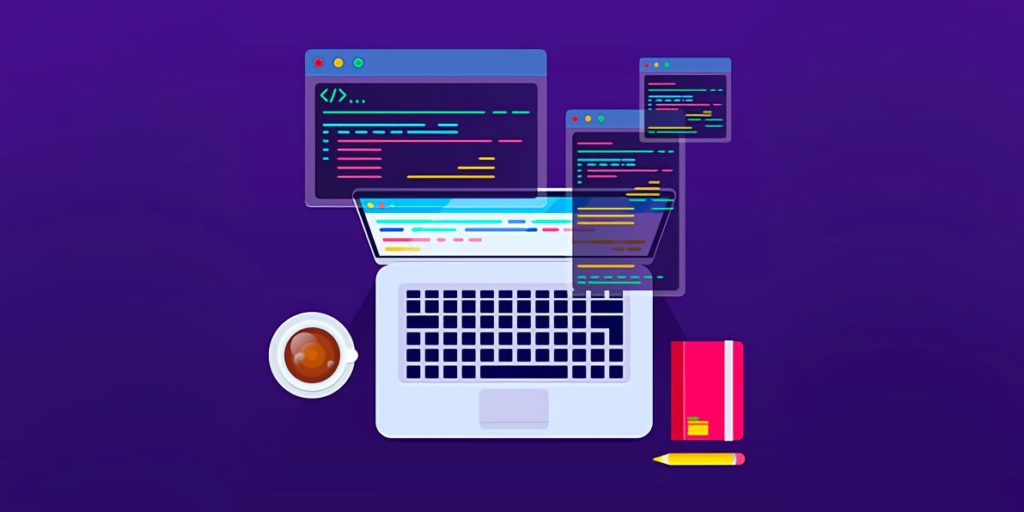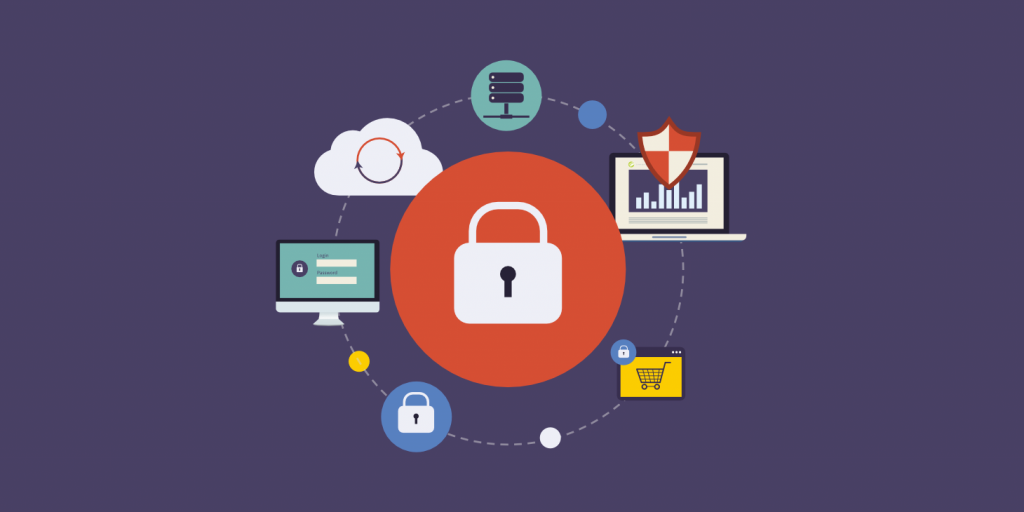Important Software Security Terms You Should Know

In today’s digital landscape, software security is a crucial aspect of protecting sensitive information and maintaining the integrity of systems. Whether you are a developer, system engineer, product manager, or IT professional, understanding key security terms is essential. This knowledge will help you better grasp the intricacies of security measures and improve your ability to protect your systems. Here’s a guide to some of the most important software security terms you should be familiar with.
Read more: The Importance of DevOps in Cloud Security Management
1. Vulnerability
A vulnerability in software security refers to a weakness or flaw that can be exploited by malicious users to perform unauthorized actions. For instance, a SQL Injection vulnerability allows attackers to execute arbitrary SQL commands on a database, potentially exposing or altering sensitive data. Identifying and addressing vulnerabilities is a fundamental part of maintaining software security, as these weaknesses are the entry points for many types of cyber attacks.
2. Exploit
An exploit is a piece of code, command, or technique used to take advantage of a vulnerability. Exploits can compromise systems, applications, or data by leveraging these weaknesses. For example, an exploit might allow an attacker to gain unauthorized access to a system or execute malicious code. Understanding how exploits work helps in developing effective defense mechanisms and security measures to counteract potential threats.
3. Security Incident
A security incident is an event where unauthorized actions or breaches occur, often as a result of exploiting a vulnerability. Security incidents can range from minor disruptions to major data breaches, and they require immediate and effective responses to mitigate their impact. Recognizing and responding to security incidents promptly is crucial for minimizing damage and ensuring the continued protection of your systems.
4. Zero-day Attack
A zero-day attack exploits a zero-day vulnerability, which is a previously unknown weakness in software that has not yet been discovered by the vendor or the public. Because these vulnerabilities are unknown, there are no available patches or fixes, making zero-day attacks particularly dangerous. Awareness of zero-day attacks emphasizes the need for proactive security measures and regular updates to protect against potential threats.
5. CIA Triad
The CIA Triad represents three core principles of information security: Confidentiality, Integrity, and Availability.
- Confidentiality ensures that information is only accessible to authorized users.
- Integrity maintains the accuracy and completeness of data.
- Availability ensures that information and resources are accessible when needed. Balancing these principles is essential for effective information security management, as each aspect contributes to the overall security posture of an organization.
6. Security Risk
Security risk refers to the likelihood and impact of a potential security incident. It assesses how a vulnerability could affect the CIA Triad and helps prioritize actions to mitigate risks. Understanding security risks allows organizations to allocate resources effectively and implement appropriate measures to address potential threats.
7. Vulnerability Management
Vulnerability management is an ongoing process involving the identification, prioritization, and remediation of software vulnerabilities. This process includes discovering vulnerabilities, assessing their risk, and implementing patches or other fixes. Effective vulnerability management is crucial for maintaining the security and resilience of an organization’s IT infrastructure.
8. Vulnerability Assessment
A vulnerability assessment is the process of identifying and prioritizing vulnerabilities within software systems. This assessment helps organizations understand where their systems are weak and focus remediation efforts on the most critical issues. Regular vulnerability assessments are essential for staying ahead of potential threats and maintaining a robust security posture.
9. Vulnerability Scanning
Vulnerability scanning involves using automated tools to identify vulnerabilities in computer systems. Scanning can be done manually or through automated vulnerability scanners, which examine networks, applications, and systems for known weaknesses. Regular vulnerability scanning helps organizations detect and address potential security issues before they can be exploited.
10. Penetration Test
A penetration test, or pen test, is a simulated cyber attack used to evaluate the security of a system. Unlike vulnerability assessments, which identify potential weaknesses, pen tests actively exploit vulnerabilities to assess the effectiveness of security controls and uncover potential points of failure. The results of a penetration test provide valuable insights into a system’s security strengths and weaknesses.
11. OWASP
The Open Web Application Security Project (OWASP) is an online community that produces freely available resources on web application security. One of its most well-known projects is the OWASP Top 10, a standard document that highlights the most critical security risks to web applications. The OWASP Top 10 provides valuable guidance for developers and security professionals to address common vulnerabilities and enhance application security.
12. ISMS
An Information Security Management System (ISMS) is a structured approach to managing an organization’s information security. It includes policies, procedures, and controls designed to protect data and ensure its confidentiality, integrity, and availability. The ISO/IEC 27001 standard provides guidelines for establishing, implementing, maintaining, and improving an ISMS, helping organizations manage information security effectively.
13. Threat Actor
A threat actor, or malicious user, is an individual or group responsible for executing attacks or security incidents. Threat actors can range from opportunistic hackers to organized cybercriminals, and understanding their motives and methods is crucial for developing effective security strategies and defenses.
14. Attack Surface
The attack surface, or attack vector, refers to all the points in a system where an attacker could potentially gain unauthorized access or exploit vulnerabilities. This includes interfaces, applications, network protocols, and any exposed components. Identifying and minimizing the attack surface is essential for reducing potential entry points for attackers and enhancing overall security.
Understanding these essential software security terms will equip you with the knowledge needed to protect your systems and data effectively. By familiarizing yourself with these concepts, you can contribute to a more secure IT environment and better safeguard against potential threats.


